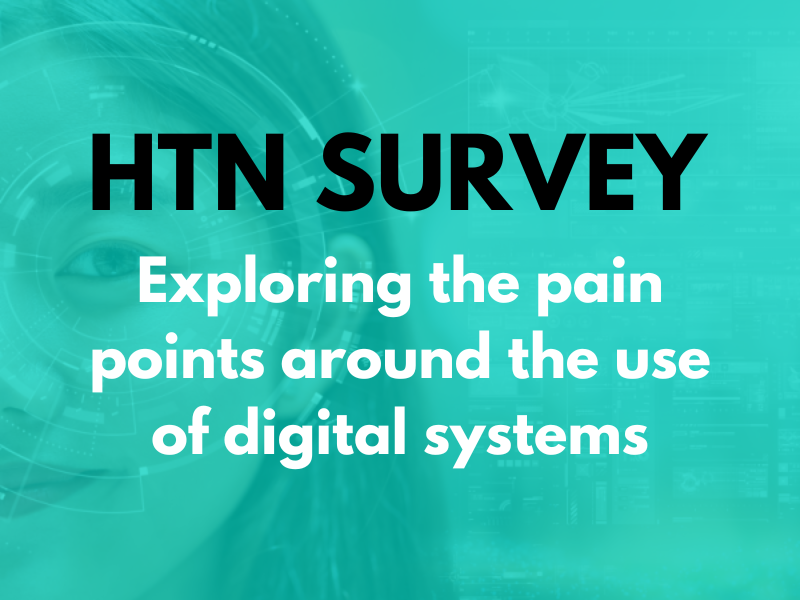From equipment funding to maternity infrastructure review, here are some of the latest health tech stories that have caught our eye from across health and care.
Welsh government invesst £4.4. million into x-ray equipment
The Welsh government has invested £4.4 million into introducing x-ray equipment across four hospitals in North Wales. Sites in Colwyn Bay and Ysbyty Glan Clwyd will be given “new, updated digital radiology systems” to replace older models, while Wrexham Maelor Hospital and Ysbyty Gwynedd hospitals will be sent new fluoroscopy systems for key radiological procedures, as well as new mammography imaging equipment. The systems will reportedly support a range of different procedures and have “improved features, image quality and reliability.
NHS England publishes key findings from maternity and neonatal infrastructure review
NHS England has published the findings from its maternity and neonatal infrastructure review as part of their three-year delivery plan for these services. One of the key takeaways from the survey highlights 14,519 reported instances in the maternity and neonatal estate where “clinical services have been interrupted or service delivery has been impacted as a direct result of poor physical conditions”, including power outages, water leaks and faulty systems.
According to the review, over 50 percent of organisations have concluded that their maternity and neonatal estate is unsatisfactory, with a further 42 percent of trusts noting that their estates are “in need of a major repair or replacement” and 7 percent “running a serious risk of imminent breakdown”. Many trusts have outlined inadequate space, lack of storage, insufficient rest areas and poorly maintained infrastructure as problem areas in need of improvement.
The survey indicates that 35 percent of maternity and neonatal facilities have already “undergone some level of refurbishment work” and that 57 percent of the estate is currently compliant when it comes to the following safety areas: electrical, water, fire safety and hazardous substances (COSHH). NHS England expects to see this number increase due to further investment from the 2025-26 Estates Safety Fund.
EMIS-X made available through a web browser
EMIS Health (now Optum) has announced that EMIS-X is now available through a web browser, allowing users to access the platform independently from EMIS Web. The immediate plan is to give users a read-only view of patient data and appointments, before later extending the web version capabilities by adding write and edit functionality, automation, intelligence and configurable clinical decision support.
Aberdeenshire Council publishes ClimateView dashboard
As part of the Scottish Climate Intelligence Service programme, Aberdeenshire Council has published its ClimateView dashboard, designed to provide “a nationally consistent yet flexible approach to how local governments share knowledge, collaborate, and attract funding to deliver more efficient and effective climate interventions nationwide”.
The dashboard offers a live overview of the council’s emissions and the actions being taken towards achieving net zero. “Achieving net zero is a massive undertaking, and one that requires corresponding funding, collaboration, and dedication from public and private bodies,” Cllr Sarah Dickinson, chair of Aberdeenshire council’s sustainability committee, said. “Our hope is that this work will pave the way towards more collaboration and new funding opportunities that enable local authorities to play their part in building a sustainable and resilient future for their communities.”
Joe Harrison announces departure from NHS England digital channels director role
NHS England digital channels director, Joe Harrison recently announced that he will be stepping down from his part-time role. According to Milton Keynes University Hospital, where Joe works as the chief executive officer, the NHS App has “grown from 17 million log-ins per month to over 56 million in July 2025″, with Joe overseeing its development into a digital front door for the NHS.
Commenting on his departure, Joe said: “It has been a real privilege to be part of the growth and development of the NHS App. As more and more people use the App, we are really starting to realise its potential to support and develop the patient and citizen relationship with the NHS and revolutionise how people access healthcare services and manage their own health.” He added: “As NHS England and the Department of Health lead reform across the NHS, I decided it is the right time to leave and enable the App to move into the next phase of its evolution.”





